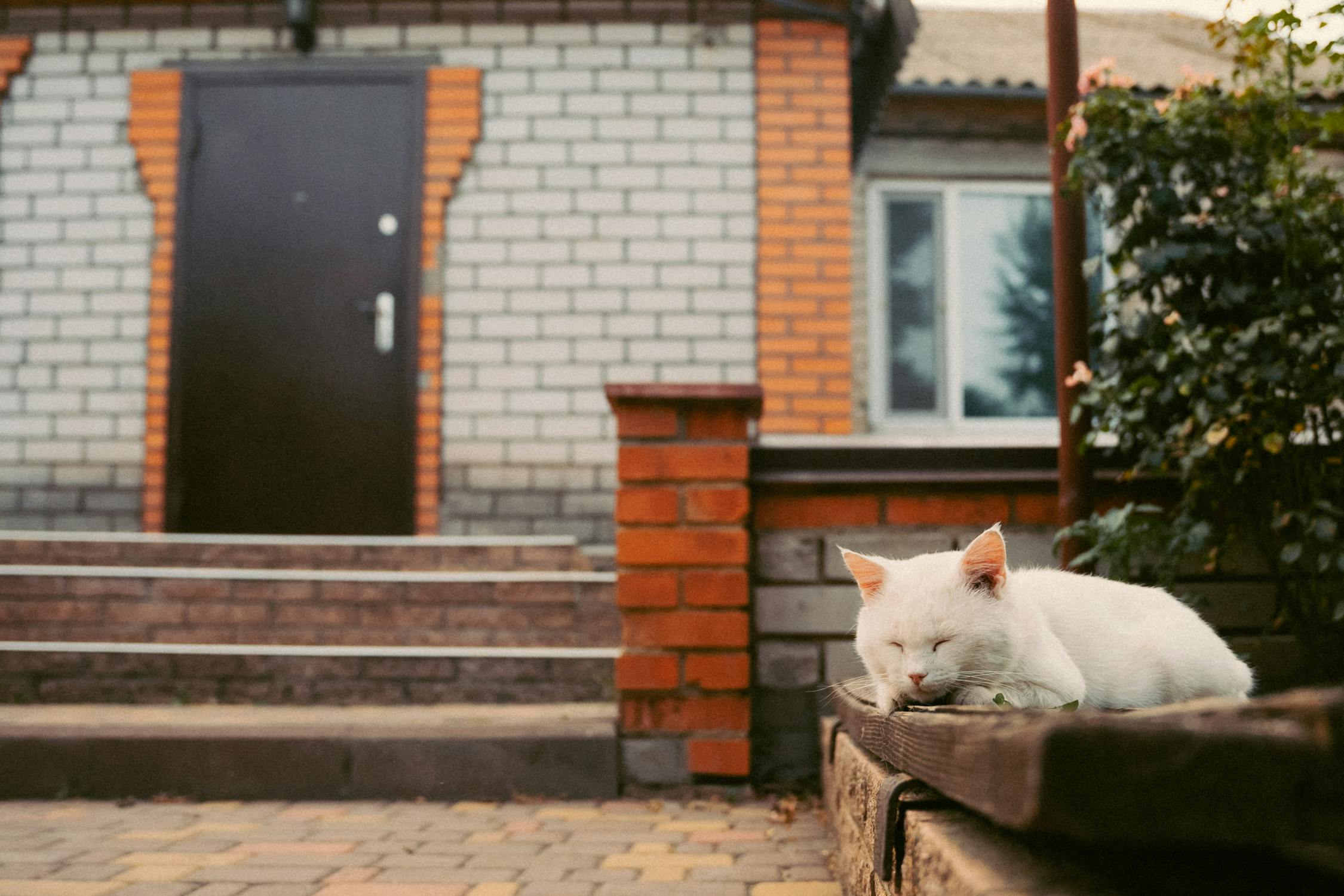Cats usually don't have claws because people don't want them to hunt or damage furniture. Cats that are mean are rarely declawed. In the US, some owners make their renters get their cats' claws cut off.
However, most veterinarians don't like the process, and some
won't do it because cats don't have claws.
- Takes away its main defense mechanisms, like climbing trees to get away from predators;
- Makes it harder for it to stretch and exercise, which causes muscles to atrophy;
- Makes it harder for it to balance on thin surfaces like fence tops and railings, which can lead to injuries from falls;
- Can make it feel unsafe, which can make it more likely to bite.
This is not often done outside of North America. Declawing
is against the law in Finland, Germany, the Netherlands, and Switzerland because
it hurts animals. [17] That's against the law in many other European countries
because of the European Convention for the Protection of Pet Animals. Only
"such non-curative procedures necessary either for veterinary medical
reasons or for the benefit of the animal" are allowed. [18] In Britain,
it's hard for animal shelters to find homes for foreign cats that have had
their claws cut off, so most of them are put to sleep.
Instead of declawing, cats can get flat plastic nail caps
that are stuck on their claws with safe glue. These caps need to be replaced
every four to six weeks, when the cat sheds its claw sheaths. The cat will
still have problems, though, because the capped nails aren't as strong as
claws.

